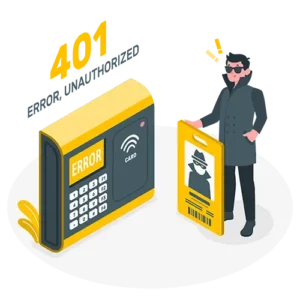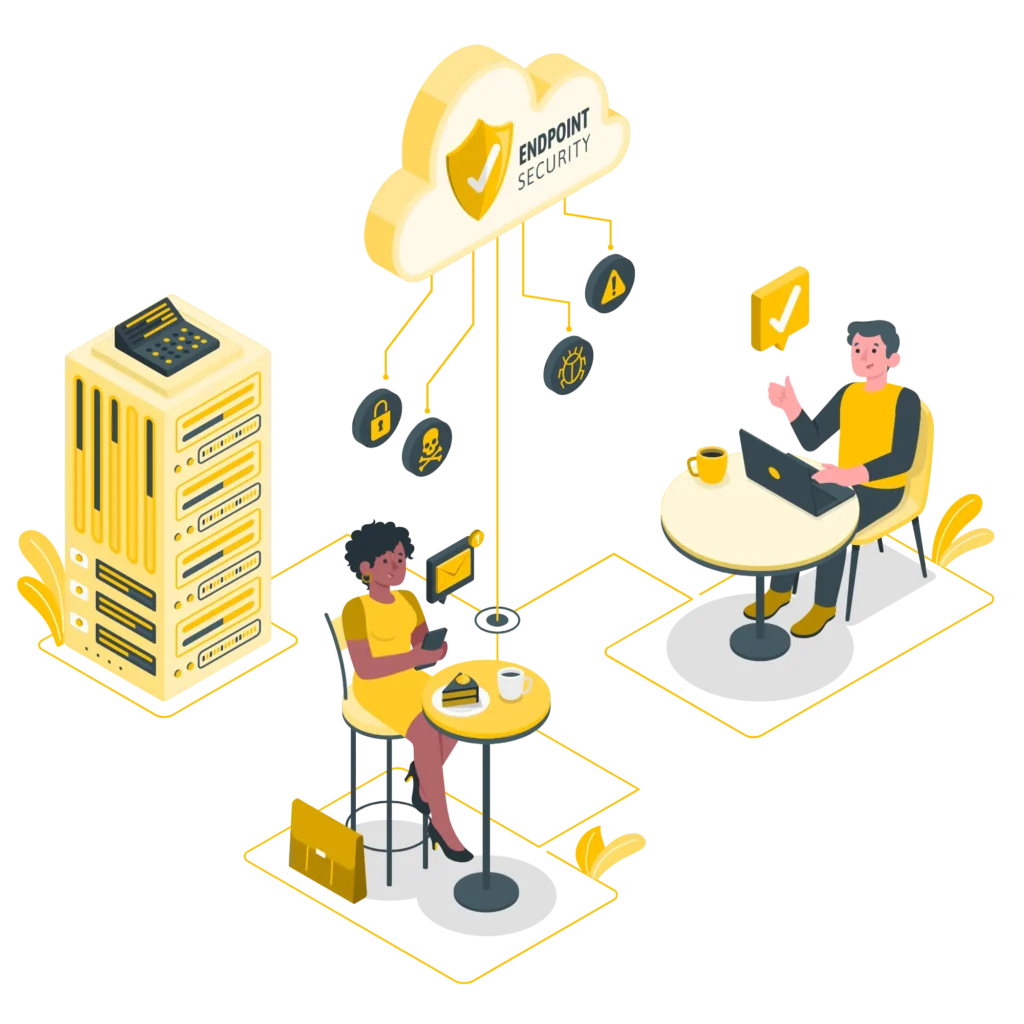Challenges and solutions in the SAP world
In an increasingly digitalized world in which companies are increasingly relying on cloud solutions, secure access to data and applications plays a central role. Especially for companies that rely on SAP applications and work with sensitive company data, protecting this information from unauthorized access is becoming increasingly important. This article looks at various methods for access control and authentication in the cloud and shows why the right approach is crucial for security.
Agenda:
-
- Single Sign-On (SSO)
- Multifactor authentication (MFA)
- Zero trust approach
- Separate tenants
- Solutions of FIS-ASP
- Conclusion
1. single sign-on (SSO) - convenience and security?
Single sign-on (SSO) is an authentication method that allows a user to log in once and access multiple systems or applications. For companies that host SAP applications, SSO offers the advantage of a smooth user experience, as employees no longer need separate access data for each system.
But as convenient as SSO is, it raises the question: Does convenience come at the expense of security? A weak point in the SSO mechanism can potentially open up access to all connected systems. Companies must therefore ensure that access to this central point is optimally secured – for example by integrating multi-factor authentication.
2. multi-factor authentication (MFA) - an additional layer of security
Multifactor authentication (MFA) is now a must for secure access to cloud applications. Instead of relying solely on a password, MFA also requires a second or third security check. This can be a one-time password on a smartphone or a biometric feature such as a fingerprint, for example.
The use of MFA can make potential attacks much more difficult, especially in the SAP world, where sensitive business data is processed. But there are challenges here too. Usability and seamless integration with existing systems such as SAP applications can be complex. Can the introduction of MFA be a hindrance to the user experience or is it now a necessary standard?
A Microsoft study shows that MFA can prevent common cyberattacks in 99.9% of cases. Nevertheless, companies often report implementation problems, especially with older systems that do not natively support MFA.
3. zero trust approach - trust is good, control is better
The concept of Zero Trust represents a radical departure from traditional security models. It no longer assumes that users or systems within a company network are automatically trustworthy. Instead, every access is checked, regardless of location or identity. This model is becoming increasingly important, especially in the cloud world, where employees access applications from different locations and devices.
The question that companies need to ask themselves is: Can Zero Trust increase complexity and administrative effort? In contrast to traditional security models, Zero Trust requires continuous authentication and authorization, which can entail a high administrative burden.
Studies by Forrester show that companies that switch to zero trust models can significantly reduce the likelihood of security incidents. However, implementation requires huge investments in technology and training.

4. separate tenants - the separation of data and applications
Another key issue in the area of cloud access and security is the use of separate tenants. For SAP applications that are often operated in the cloud, it can make sense to use different tenants for different customers or departments. This separation ensures that data and access remain isolated, which minimizes the risk of data breaches/theft.
However, this raises the question: is this isolation always practicable in a globally networked world? While separate tenants offer an additional level of security, they can also complicate the management of data and authorizations. In addition, interfaces must be created for data exchange between the tenants, which harbors additional risks.
The SAP HANA cloud platform supports multi-tenancy, which makes it easier to manage and separate customer environments. However, a report by the Cloud Security Alliance shows that the use of multiple tenants can massively increase the complexity of the security infrastructure.
5 How can FIS-ASP help with its solutions?
FIS-ASP offers comprehensive solutions for securing access and authentication in the cloud. Our expertise in implementing SSO and MFA enables organizations to ensure a smooth and secure user experience. We support the adoption of the Zero Trust approach by continuously implementing authentication and authorization mechanisms. We also offer solutions for managing separate tenants to ensure the security and isolation of data.
Our services include consulting, implementation and maintenance of security solutions that are specifically tailored to the needs of our customers. With our support, companies can ensure that their cloud infrastructure is optimally protected and meets the highest security standards.
6. Conclusion
Secure access and reliable authentication in the cloud are crucial to effectively protect sensitive data and applications. Single sign-on (SSO), multi-factor authentication (MFA), the zero-trust approach and the use of separate tenants are essential building blocks for a robust security strategy. Each of these concepts offers specific advantages, but also requires careful implementation in order to keep security risks and administrative costs under control.
To increase security, companies should rely on MFA to secure access to critical systems such as SAP applications and implement zero trust principles to minimize potential vulnerabilities. Isolation through separate tenants can provide additional security, but requires thoughtful management and clear interfaces.
Mistakes to avoid include inadequate protection of central access points with SSO, neglecting regular security updates and failing to integrate security measures into the overall strategy. A holistic security architecture, combined with continuous monitoring and professional advice, is the key to successfully mastering the challenges of cloud access.

